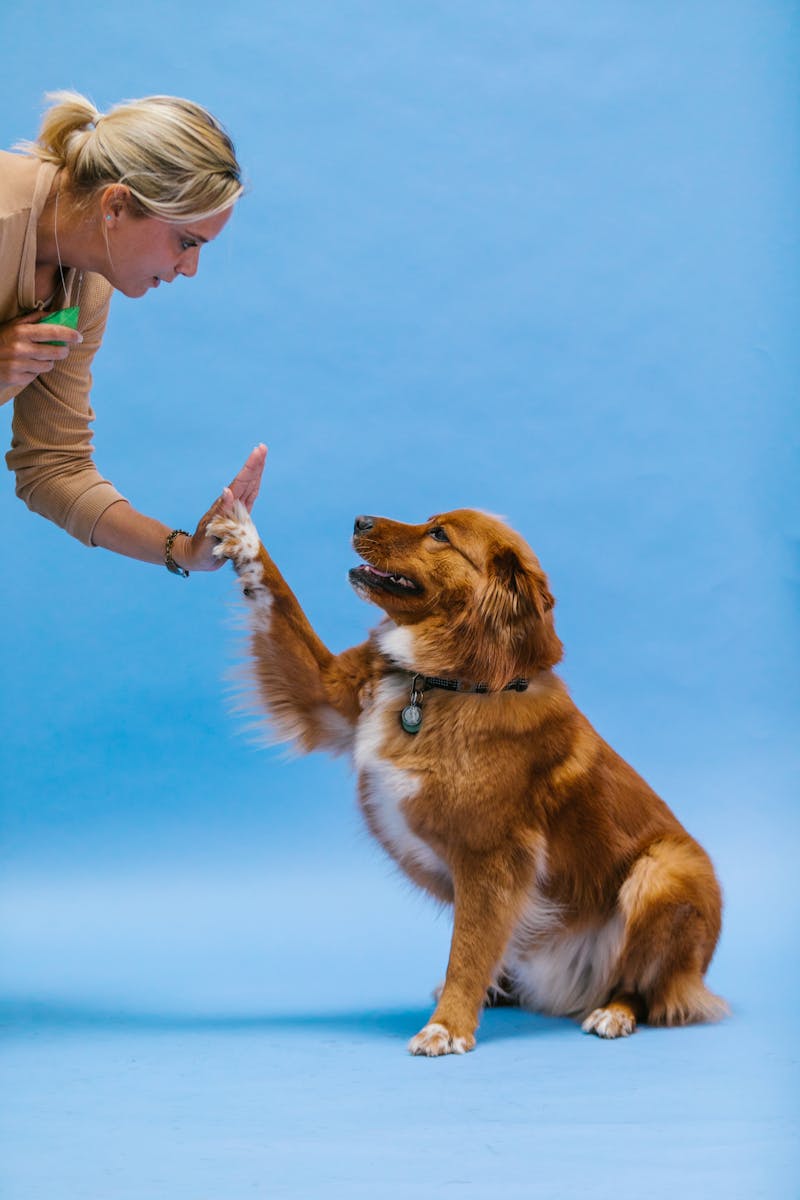Interview with a Canine Behaviorist: Understanding Your Dog’s Body Language
Dogs have long held the title of “man’s best friend,” embodying loyalty, companionship, and love. Yet, for many dog owners, deciphering their furry companions’ body language can feel akin to translating an ancient dialect. How does a tilt of the head or a wagging tail really indicate what your dog may be thinking or feeling? To help us delve into this exciting realm of canine communication, I reached out to Dr. Emily Carter, a certified canine behaviorist with over ten years of expertise in dog training and behavior analysis. In this blog post, we will explore the intricacies of dog body language and how decoding these signals can enhance the bond between you and your four-legged friend.
The Importance of Canine Communication
Understanding your dog’s body language is vital for nurturing a healthy and harmonious relationship with your pet. Unlike humans, who frequently rely on spoken language, dogs communicate primarily through body signals—tail movements, ear positions, and facial expressions all convey critical emotions or intentions.
- Non-Verbal Cues: Dogs are natural non-verbal communicators. Their inability to speak doesn’t hinder their expression but invites owners to interpret their gestures.
- Building Trust: Grasping these signals not only fosters trust but also minimizes misunderstandings that could lead to unwanted behavioral issues.
Dr. Carter emphasizes that recognizing a dog’s body language allows owners to respond appropriately, helping to identify potential stressors in their environment that may affect their dog’s emotional well-being.
Decoding Common Body Language Signals
In our conversation, Dr. Carter highlighted several ubiquitous body language signals that every dog owner should recognize. Here are some key indicators to observe:
- Tail Position:
– High and Wagging: This usually indicates excitement or happiness.
– Low Wagging: May signify submission or uncertainty.
– Stiff Tail: Can be indicative of tension or alertness.
- Ear Position:
– Ears Perked Up: Reflects alertness and curiosity.
– Ears Pinned Back: May signal fear, aggression, or submission.
- Facial Expressions:
– Relaxed Eyes: Show comfort and ease.
– Wide-Open Eyes: Often indicate anxiety or fear.
– Relaxed Mouth: Suggests contentment; a closed mouth could mean tension or discomfort.
By attentively observing these key indicators during your interactions with your dog—or even when they are simply lounging around—you’ll begin to discern patterns that illuminate their feelings in various situations.
Context is Crucial
While many body language signals have generally accepted meanings, understanding the context surrounding these behaviors is imperative for accurate interpretation:
- Situational Awareness: Take note of the environment. Are there unfamiliar people nearby? Is another dog present? All these factors contribute to your dog’s emotional state.
- Individual Differences: Dogs are unique, influenced by breed characteristics and personal experiences, which may alter their typical responses.
Dr. Carter advises remaining vigilant about environmental factors and any specific triggers that may uniquely affect your dog when interpreting their body language.
Building Better Communication Skills with Your Dog
Improving your ability to read your dog’s body language effectively can create a more profound connection. Here are some actionable tips to enhance your communication skills:
- Observe Regularly:
– Spend time simply watching how your pet interacts with various stimuli—people, objects, and environments—without intervening initially. This quiet observation will sharpen your ability to read their signals.
- Practice Patience:
– Allow yourself time to learn what different behaviors imply before reacting. This will help you avoid misinterpretations that might provoke unwanted actions from either party.
- Engage in Training Sessions:
– Structured training sessions provide excellent opportunities for positive reinforcement, fostering clear communication development over time.
By consistently practicing these techniques alongside paying keen attention to your dog’s behavior, you empower yourself to form a stronger, more intuitive bond with your companion.
Final Thoughts on Canine Connection
Gaining insight into our dogs’ body language is essential not just for effective training methods but also for deepening our connections with these cherished companions. Dr. Carter eloquently sums this up:
> “When we take the time to listen without words, we truly begin forging connections beyond simple companionship.”
So, the next time you’re out walking Fido or sharing playful moments together at home, take a moment to notice those subtle gestures he’s making—they hold invaluable insights into his emotions and how he perceives the world around him.
Have you ever felt a deeper connection with your dog by recognizing their body language? Share your thoughts and experiences in the comments below! Let’s continue this conversation and help each other deepen our connections with our beloved pets. 🐾
And don’t forget to share this post with fellow dog lovers looking to enhance their understanding of canine communication! Your furry companions will thank you!
news via inbox
Nulla turp dis cursus. Integer liberos euismod pretium faucibua





